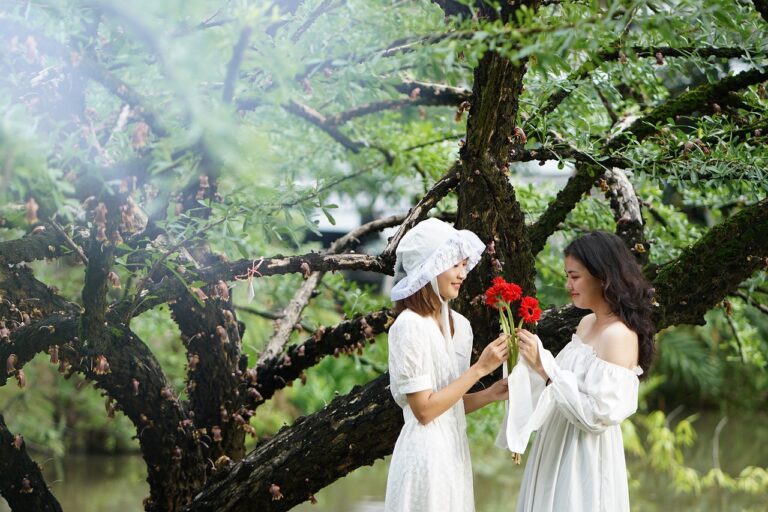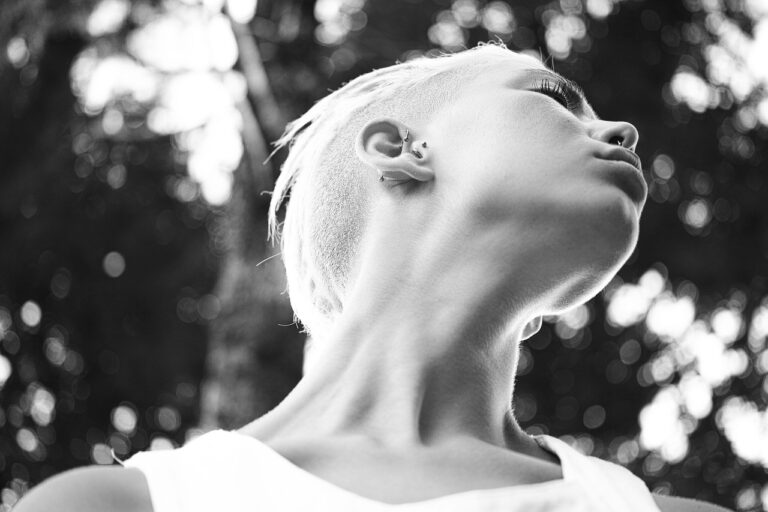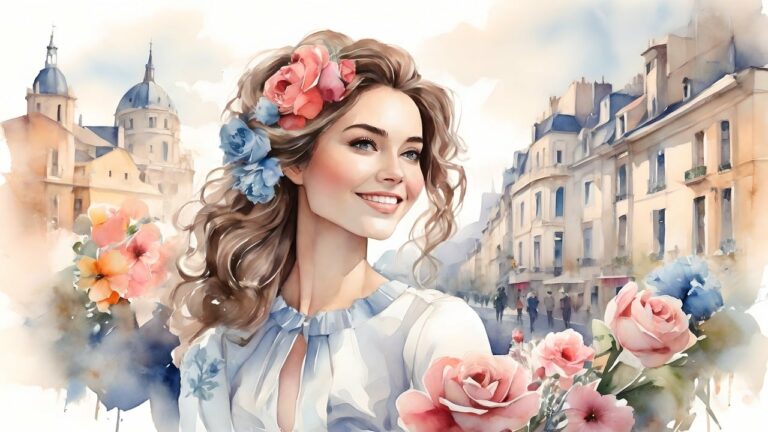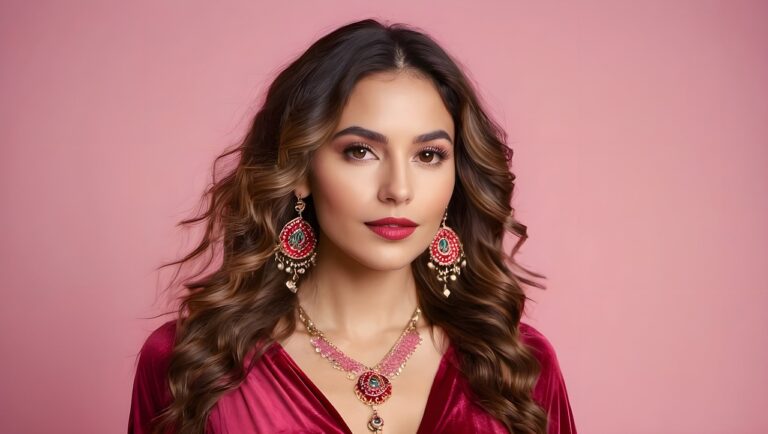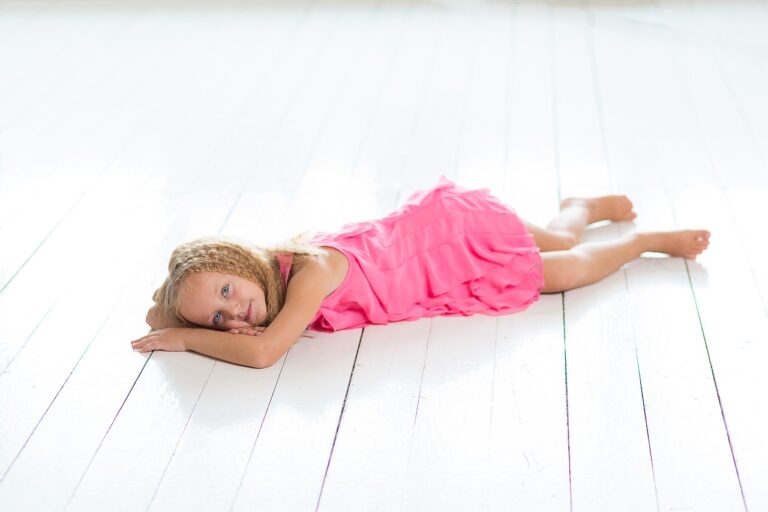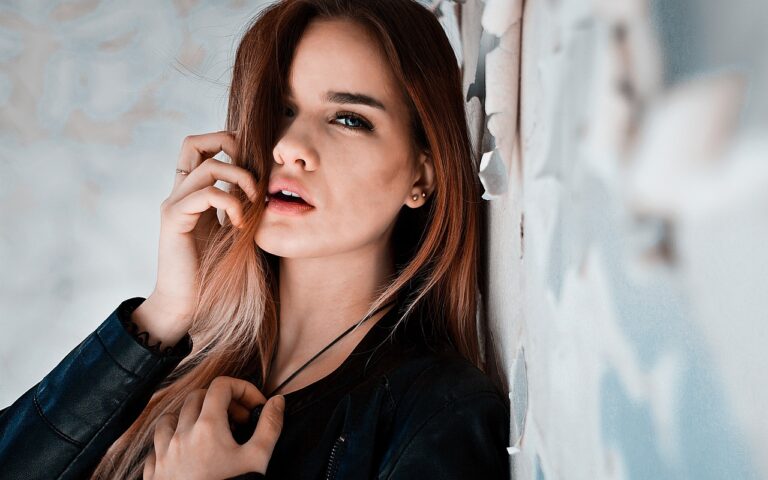Redefining Beauty Standards in the Fashion Industry
Beauty standards in the fashion industry have undergone significant transformations over the years. Previously, hourglass figures were highly coveted, symbolizing femininity and charm. However, as societal perceptions shifted, the fashion industry also adapted to embrace diverse body types and redefine beauty ideals.
In recent times, fashion has made strides towards inclusivity, with models of different shapes, sizes, and ethnicities gracing runways and campaigns. This shift towards celebrating uniqueness and individuality has sparked conversations around body positivity and self-acceptance, challenging traditional notions of beauty in the fashion industry.
Historical Influences on Beauty Ideals in Fashion
Throughout history, beauty ideals in the fashion industry have been heavily influenced by societal norms, cultural beliefs, and historical events. In ancient civilizations, such as Egypt and Greece, beauty was often associated with physical attributes like symmetry, proportion, and smooth skin. The idea of beauty as a reflection of inner virtues also emerged during this time, with beauty being seen as a sign of one’s moral character.
In the Middle Ages, beauty ideals were influenced by religious beliefs, with pale skin and plump figures being considered attractive as they were associated with wealth and leisure. The Renaissance period saw a shift towards a more natural and harmonious standard of beauty, inspired by classical art and literature. Beauty was celebrated in its various forms, with artists portraying both idealized and realistic representations of the human body.
The Impact of Social Media on Beauty Standards
Social media has undeniably played a significant role in shaping contemporary beauty standards within the fashion industry. The proliferation of platforms like Instagram and TikTok has created a space where trends and ideals spread rapidly, influencing how individuals perceive and define beauty.
These platforms have given rise to a culture of comparison and unrealistic expectations, as users are bombarded with carefully curated images that often depict an idealized version of beauty. The pressure to conform to these standards can lead to feelings of inadequacy and a distorted self-image, especially among young impressionable audiences.
How have beauty standards in the fashion industry evolved over time?
The beauty standards in the fashion industry have evolved significantly over time, from the hourglass figure of the 1950s to the more diverse and inclusive representations we see today.
What are some historical influences on beauty ideals in the fashion industry?
Historical influences on beauty ideals in the fashion industry include cultural norms, societal expectations, and the rise of celebrity culture.
How has social media impacted beauty standards?
Social media has had a significant impact on beauty standards, as it has created a platform for individuals to showcase their unique beauty and challenge traditional beauty norms.
Are beauty standards on social media realistic?
Beauty standards on social media can vary, with some promoting unrealistic ideals while others celebrate diversity and self-acceptance.
How can individuals navigate beauty standards on social media?
Individuals can navigate beauty standards on social media by following accounts that promote body positivity, self-love, and diverse beauty ideals. It’s important to remember that beauty comes in all shapes, sizes, and colors.


